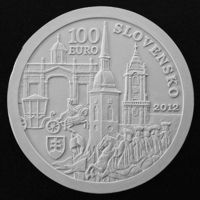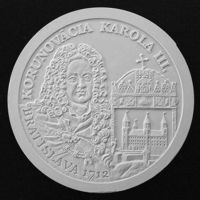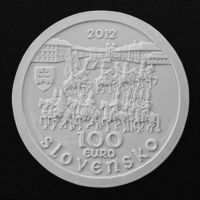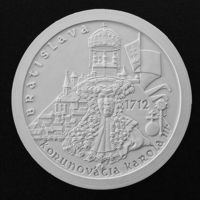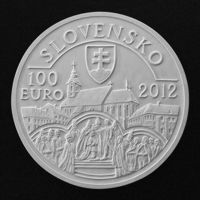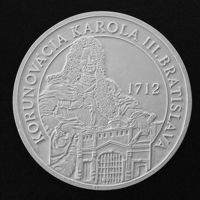-
NBS Tasks
Browse topics
- Monetary policy
- Financial market supervision
- Financial stability
- Banknotes and coins
- Payments
- Statistics
- Research
- Legislation
-
Publications
- Activity Report of the NBS Innovation Hub Annual Report Carbon Footprint Report of NBS Climate-related disclosures of NBS non-monetary policy portfolios Economic and Monetary Developments Financial Stability Report Investment Policy Statement of the National Bank of Slovakia Macroprudential Commentary
- Policy Briefs Report on the Activities of the Financial Market Supervision Unit Research Papers: Working and Occasional Papers (WP/OP) Statistical Bulletin Structural Challenges Other publications Sign up for your email notifications about publications
- About the Bank
- Media
- Frequently asked questions
-
For the public
Browse topics
- About the Bank
- Exchange rates and interest rates
- Banknotes and coins
- Payments
- Financial stability
- Financial market supervision
- Statistics
- Legislation
-
Publications
- Activity Report of the NBS Innovation Hub Annual Report Economic and Monetary Developments Financial Stability Report Macroprudential Commentary
- Report on the Activities of the Financial Market Supervision Unit Research Papers: Working and Occasional Papers (WP/OP) Statistical Bulletin Other publications Sign up for your email notifications about publications
- Frequently asked questions
- Media
- Careers
- Contact
Results of the public anonymous competition for the design of a gold 100-euro collector coin to commemorate the 1150 Bratislava coronations – the 300th anniversary of the coronation of Charles III
First prize and the selected design
Karol Ličko
Second prize
Mária Poldaufová
Third prize
Michal Gavula
In August 2011, Národná banka Slovenska announced a public anonymous competition for the design of a 100-euro gold collector coin to commemorate the 300th anniversary of the coronation of Charles III in Bratislava. Ten designs were entered in the competition. In December 2011, the entries were judged by the NBS Governor’s Committee for the Assessment of Designs for Slovak Euro Coins. The expert advisor to the Committee was historian PhDr. Štefan Holčík, CSc.
A design by Karol Ličko won the first prize in the competition and was approved for the coin. According to the Committee and expert adviser, the design met all the content, historical and artistic criteria. The Committee appreciated the composition of the obverse design, which depicts architectural landmarks of Bratislava that date from the period of Charles III – Charles’ Gate of Bratislava Castle and the baroque tower of the Town Hall – as well as the steeple of St Martin’s Cathedral. In reference to the coronation and its venue (the cathedral), the design also includes a coach and mounted procession. The Committee was also impressed by reverse side design, especially the high-quality relief portrait of the sovereign and also the depiction of Bratislava Castle and the royal crown. An inscription in both raised and incuse lettering that runs along most of the edge is a striking feature of the design.
The second prize in the competition was awarded to a design by Mária Poldaufová, with the Committee acknowledging its very high overall artistic level. The main element on the obverse side is a mounted coronation procession. In the background there is the royal oath-taking ceremony, but it is set against a backdrop of the architecture from the later period – the 19th century. The reverse design is an original triangular composition. A precisely modelled relief portrait of the sovereign is set against a backdrop of the Bratislava townscape from the beginning of the 18th century, with the castle (as the royal residence) in an upper central position above the sovereign’s head and below a depiction of the Hungarian royal crown. The design is aptly complemented with inscriptions in both raised and incuse letters.
The third prize in the competition was awarded to academic sculptor Michal Gavula. The Committee was particularly impressed by the reverse side design, depicting an interesting and well-rendered portrait of the sovereign, along with the Vienna Gate of Bratislava Castle, the only preserved architectural landmark that dates back to the year when Charles III was crowned king of Hungary (and it is therefore also known as Charles’ Gate). The obverse side features the coronation ceremony being performed under three arched vaults. In the background, however, there are architectural landmarks from the period 1760-1780, i.e. after the coronation.
